Can you imagine 1960s psychedelic rock music without the mystical aura of the sitar? We have Ravi Shankar to thank for that distinctive sound. The world’s most renowned sitar player, born on this date in 1920, inspired many of rock’s most famous musicians to incorporate the traditional Indian stringed instrument into their songs. Ironically, Ravi, a classical musician, never sought fame among the titans of rock. They sought him. His sitar vibe was unique to Western ears, and once rock’s 1960s alchemists discovered that sound, it would make a major impact on Western culture.
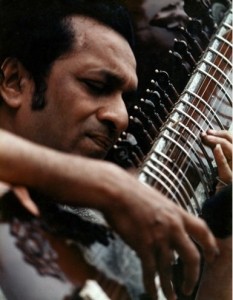 Contrary to popular belief, the Beatles were not the first rock band to use a sitar in a recording. That honor goes to the Yardbirds, who hired a sitar player to produce the famous riff in “Heart Full of Soul.” The band ultimately felt the sound was too soft, so Yardbird Jeff Beck replaced it with a sitar-sounding guitar effect.
Contrary to popular belief, the Beatles were not the first rock band to use a sitar in a recording. That honor goes to the Yardbirds, who hired a sitar player to produce the famous riff in “Heart Full of Soul.” The band ultimately felt the sound was too soft, so Yardbird Jeff Beck replaced it with a sitar-sounding guitar effect.
Meanwhile, at an LSD-drenched party at Zsa Zsa Gabor’s Bel Air mansion (which the Beatles were renting during their 1965 U.S. tour), Roger McGuinn and David Crosby of the Byrds were introducing George Harrison and his mates to the trippy wonders of the sitar. The Byrds and Ravi Shankar shared the same record label, and the American folkadelic rock band had recently become familiar with the Indian virtuoso’s work.
Soon, the Beatles would strike the psychedelic sitar chord heard ’round the world when they recorded the groundbreaking “Norwegian Wood” for their December 1965 album “Rubber Soul.” George Harrison became a lifelong disciple of Ravi, incorporating sitar into many of the Beatles’ subsequent songs. Brian Jones of the Rolling Stones – a natural born musician and fast learner – followed suit, playing a spooky, reptilian sitar riff on “Paint it Black,” the first number one single to feature the Indian instrument. The cosmic 1960s had begun, and all things Indian – from yoga and transcendental meditation to Nehru jackets and Madras shirts – became the latest rage.
Soon the sitar became the instrument du jour. It’s featured on the Monkees’ “This Just Doesn’t Seem To Be My Day,” Rick Nelson’s “Marshmallow Skies,” Scott McKenzie’s “San Francisco,” The Cowsills’ “The Rain, the Park, and Other Things,” John Fred and His Playboy Band’s “Judy in Disguise (With Glasses),” The Box Tops’ “Cry Like A Baby” (electric sitar), The Lemon Pipers’ “Green Tambourine” (electric sitar), Traffic’s “Paper Sun” and The Kinks’ “Fancy.”
The Mamas & The Papas, the Animals, the Moody Blues, Procol Harum and Jethro Tull all jumped on the trend, producing sitar-tinged songs. But like most good things, it eventually became overused and passé in the world of rock.
But Ravi Shankar’s fame never waned. He is the most well-known and honored of all Indian musicians, and continued to tour almost until the time of his death in 2012 at age 92. Thanks, Ravi, for your influence and your fabulous body of work.
Here’s the original version of The Yardbirds’ “Heart Full of Soul,” featuring sitar.
This is a great clip of the Stones performing “Paint it Black,” with Brian on sitar.
Here is Ravi with one of his most famous pupils, George Harrison. The Beatles used sitar in their music more than any other rock group.
© Dana Spiardi, April 7, 2015

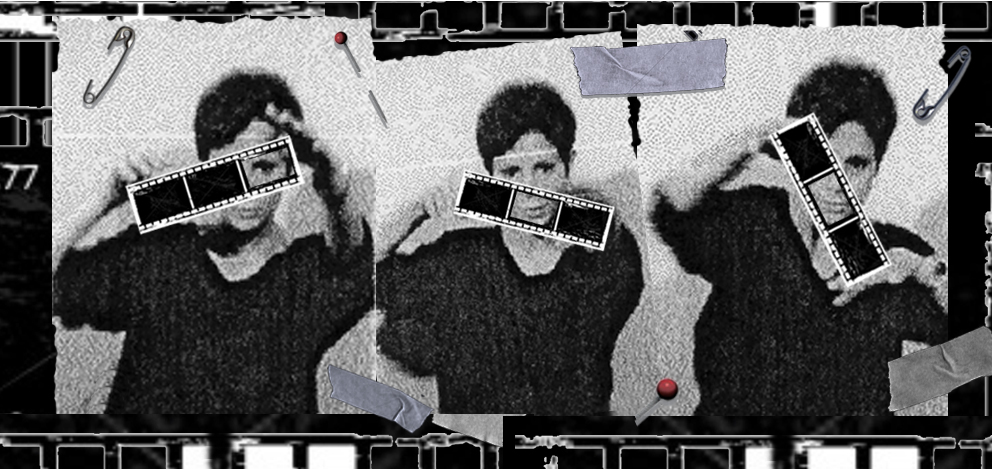
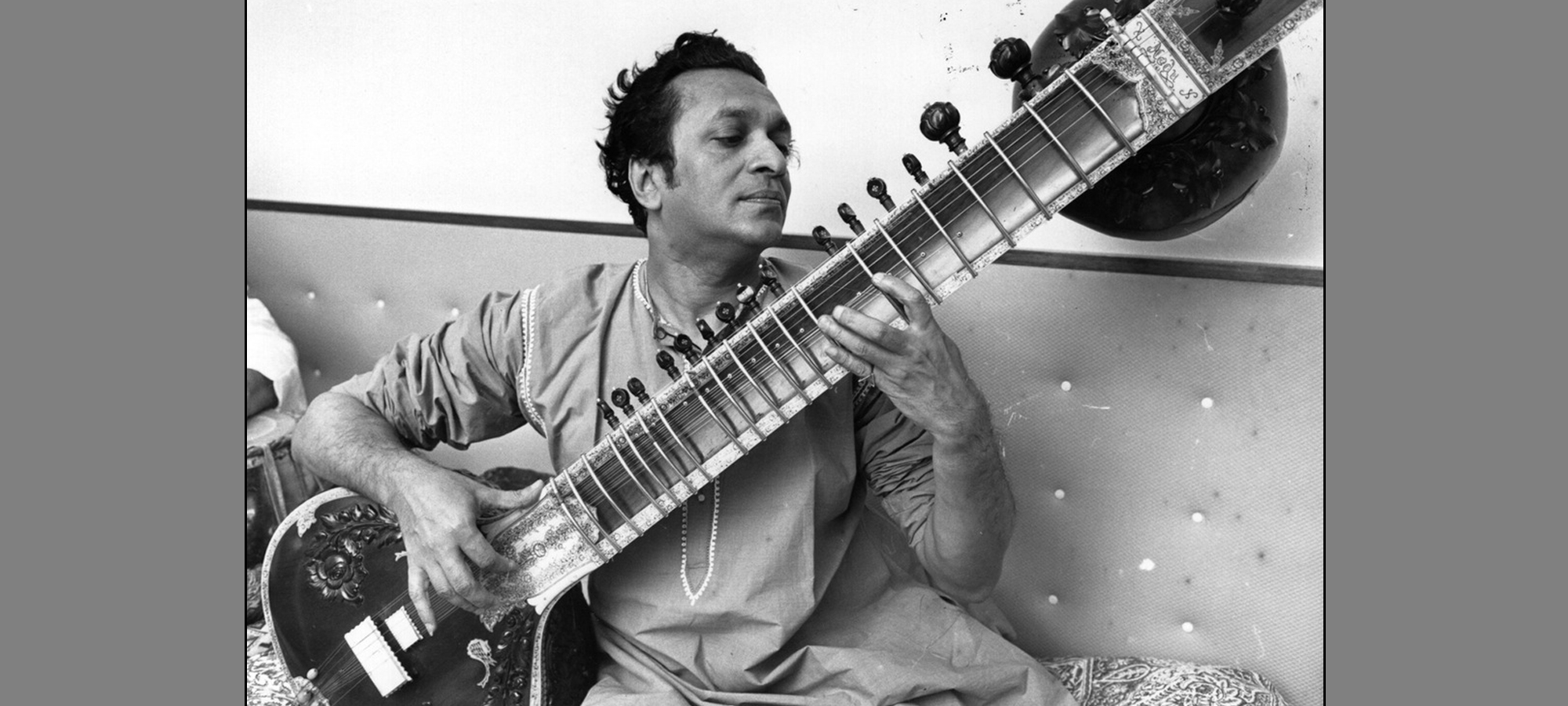
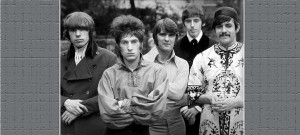
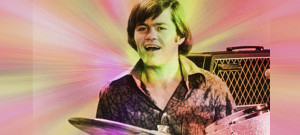
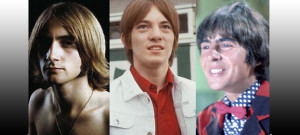
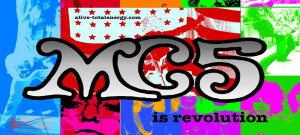
Amazing how music gets passed on genetically. I always thought Nora Jones had a haunting unique quality, just like her father.
Yes Dave, just like Norah’s sister Anoushka Shankar, sitar player. Their common work is amazing. Thank you Mrs. Spiardi for paying tribute to maestro Ravi.